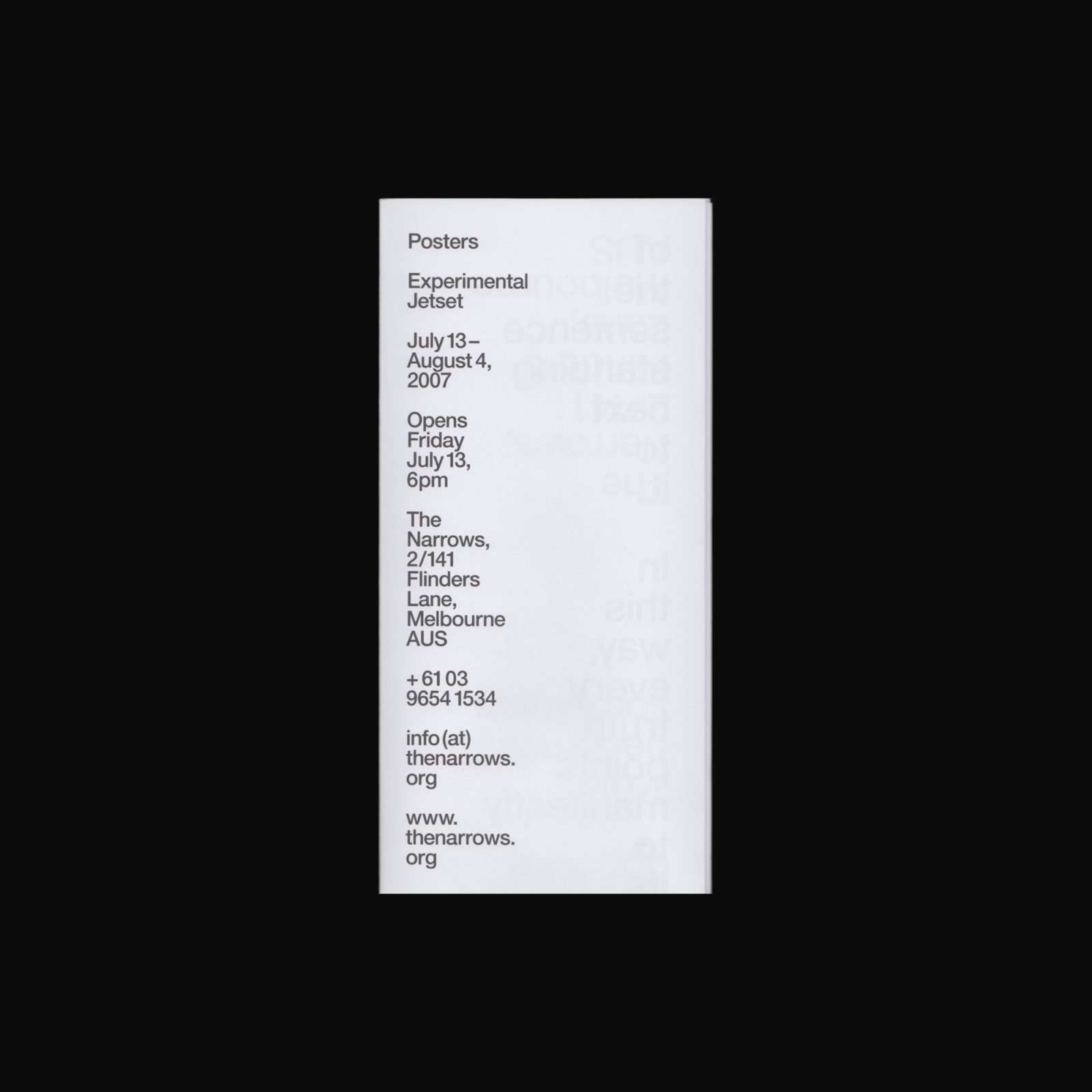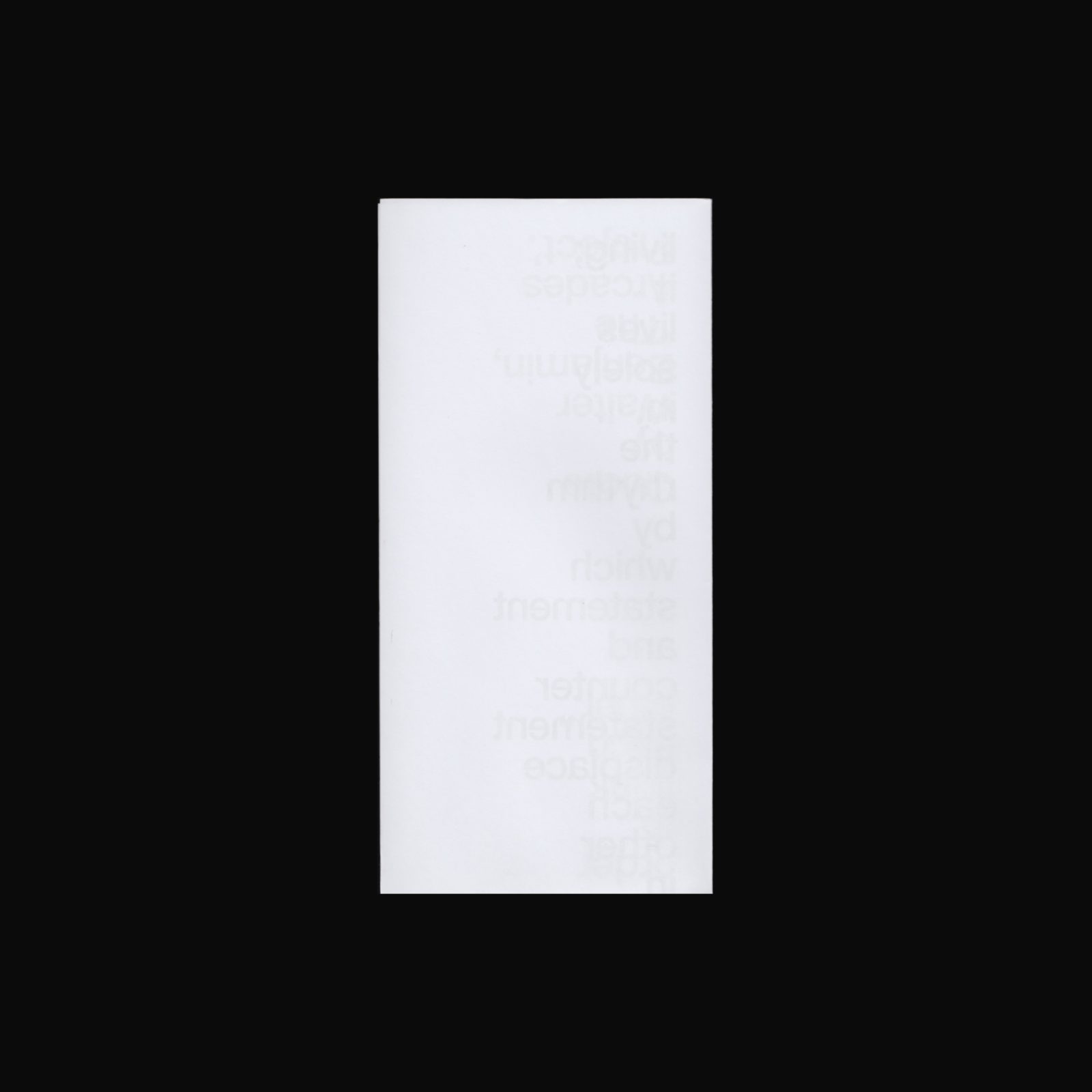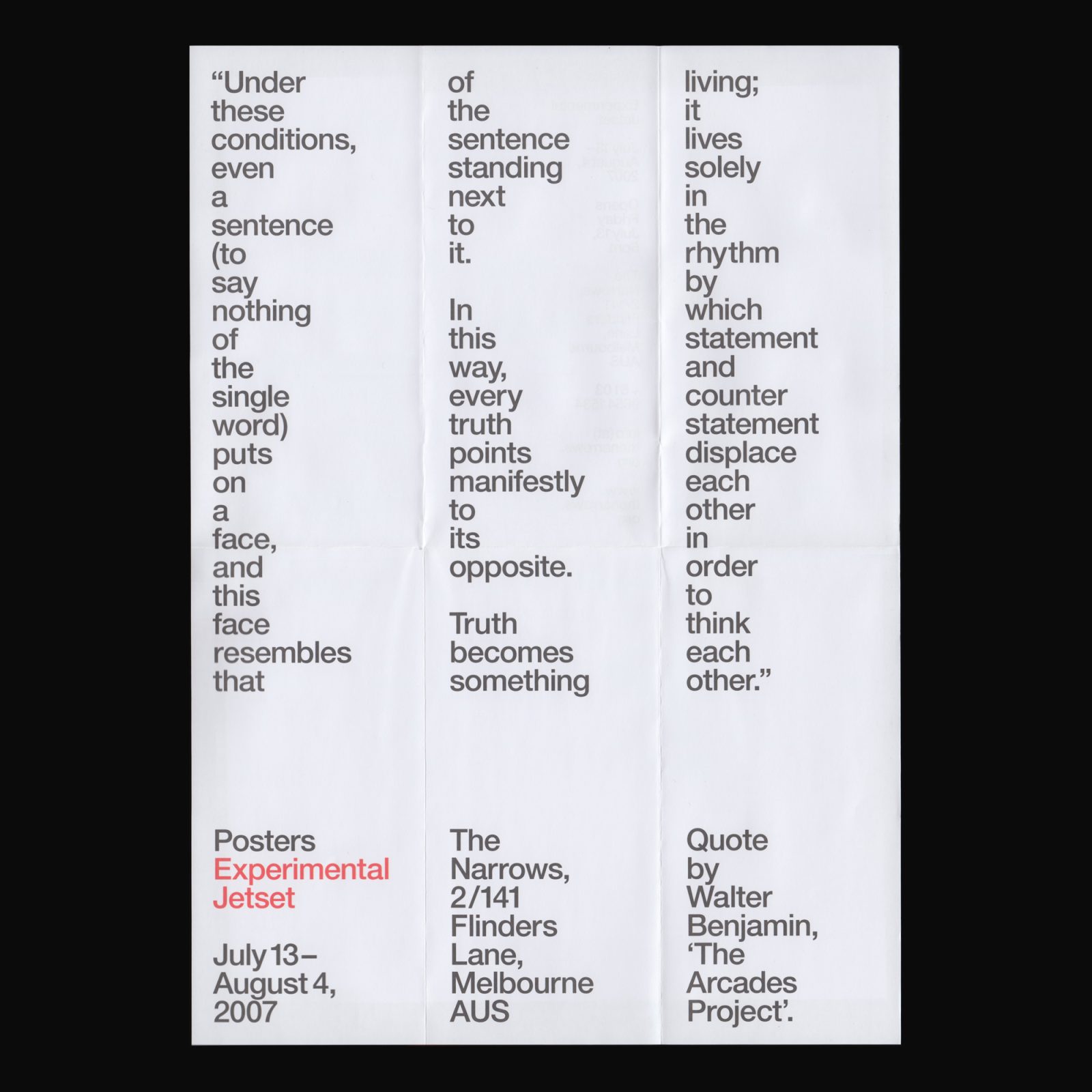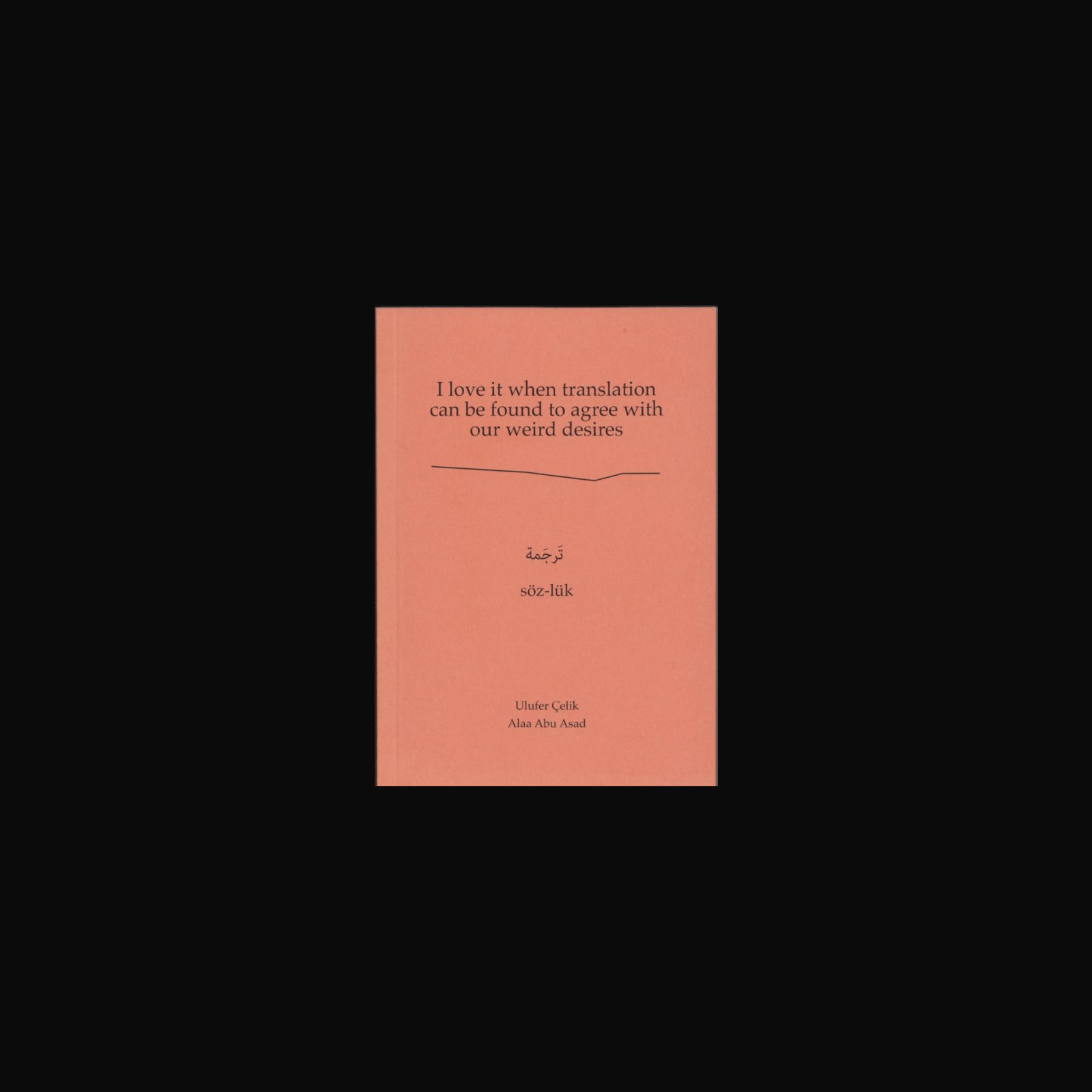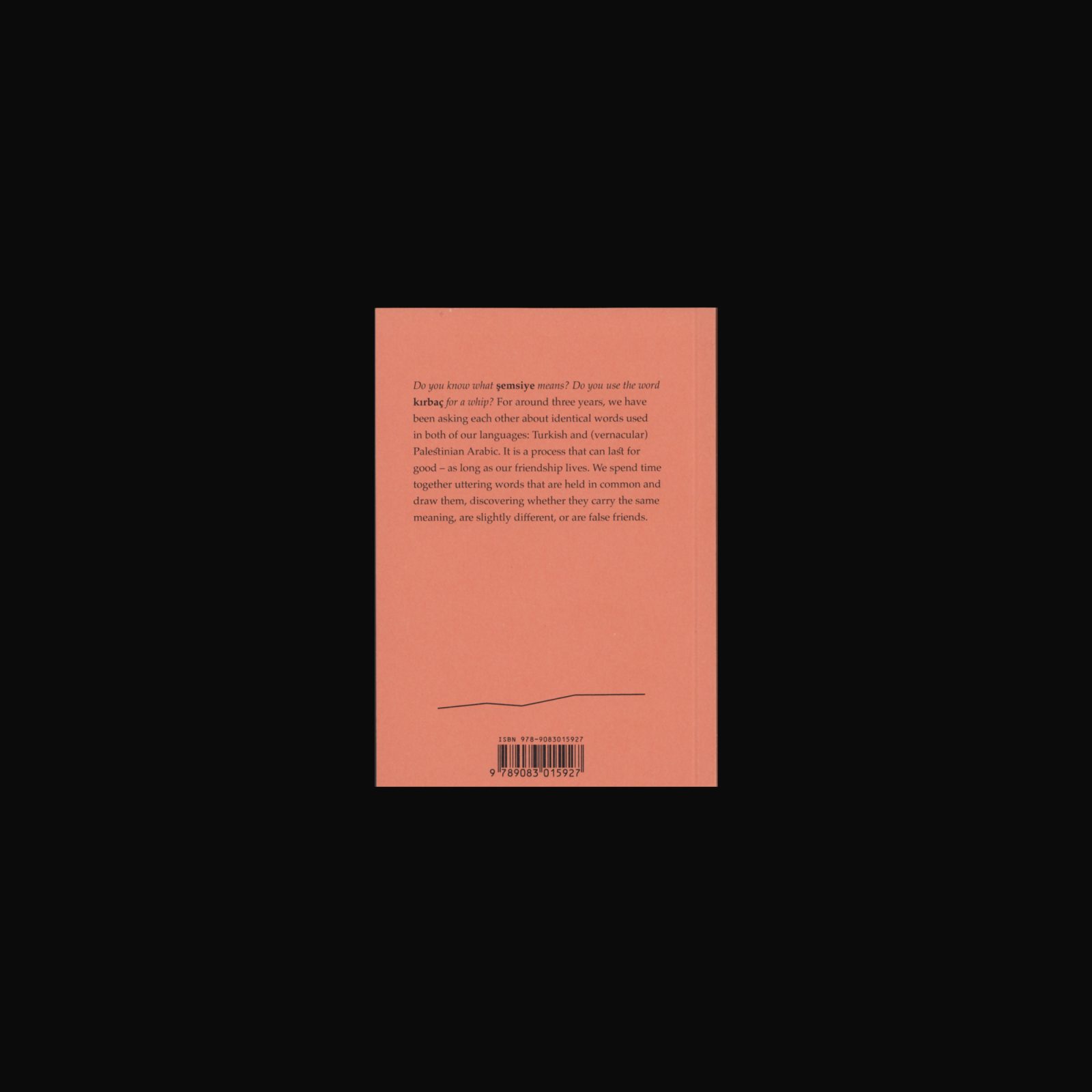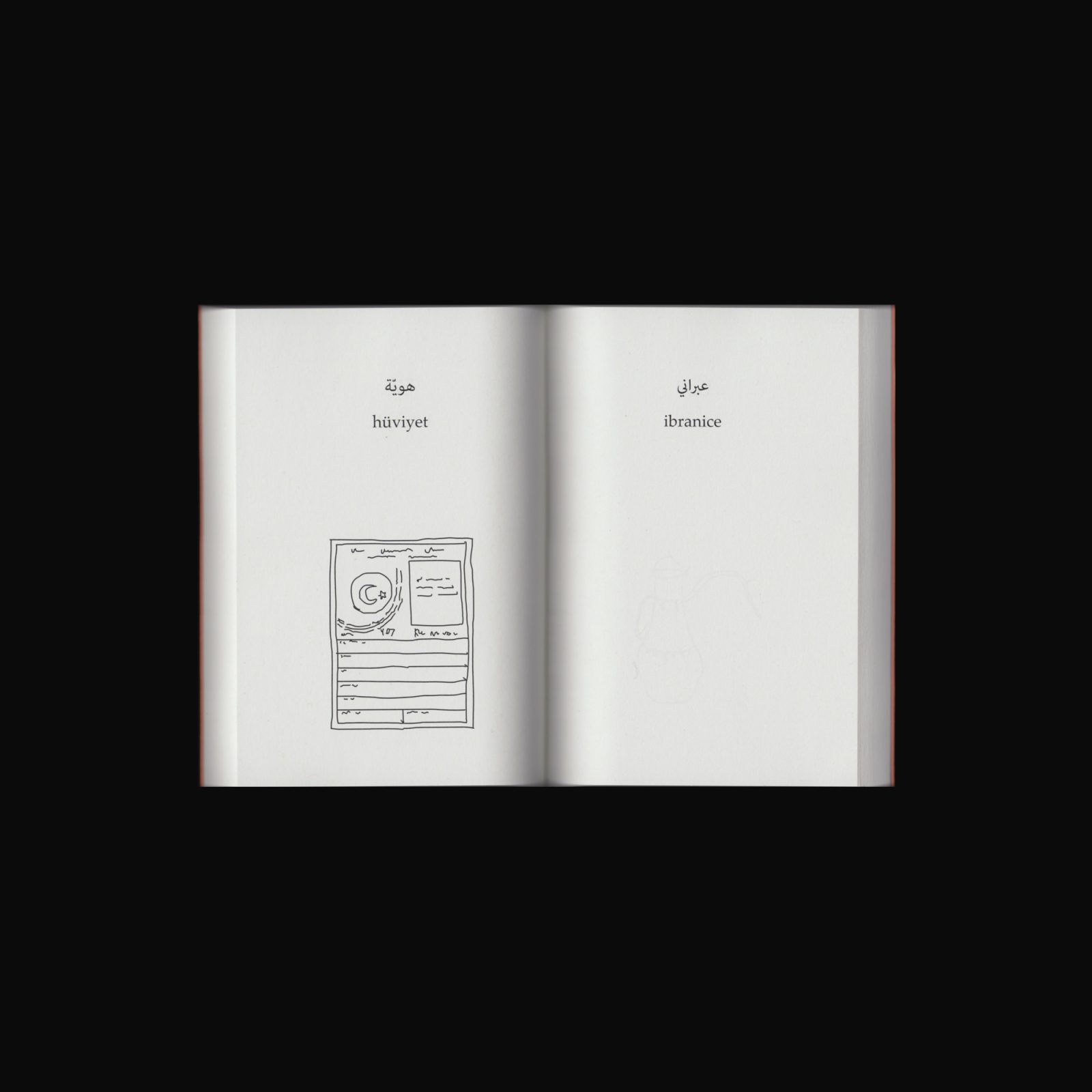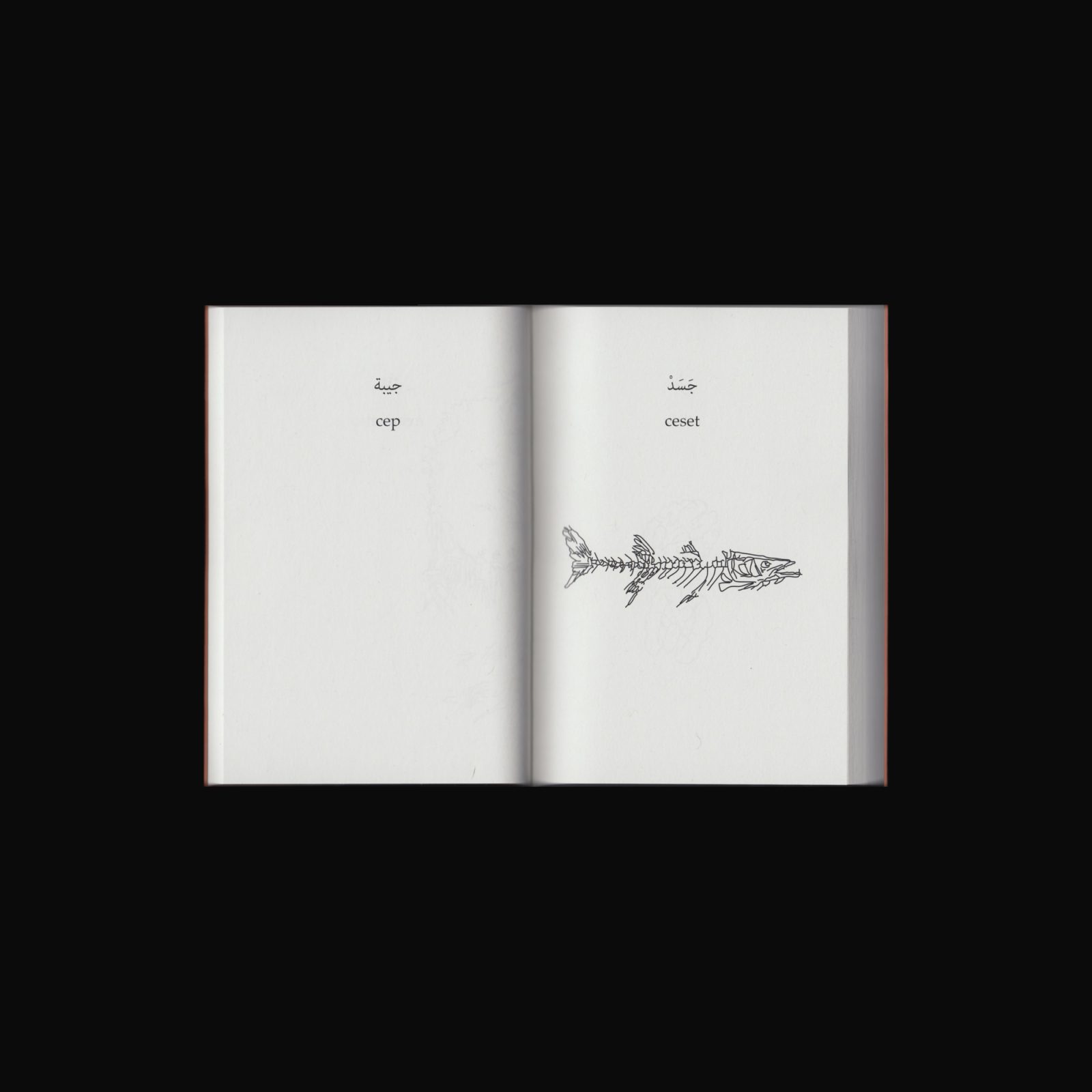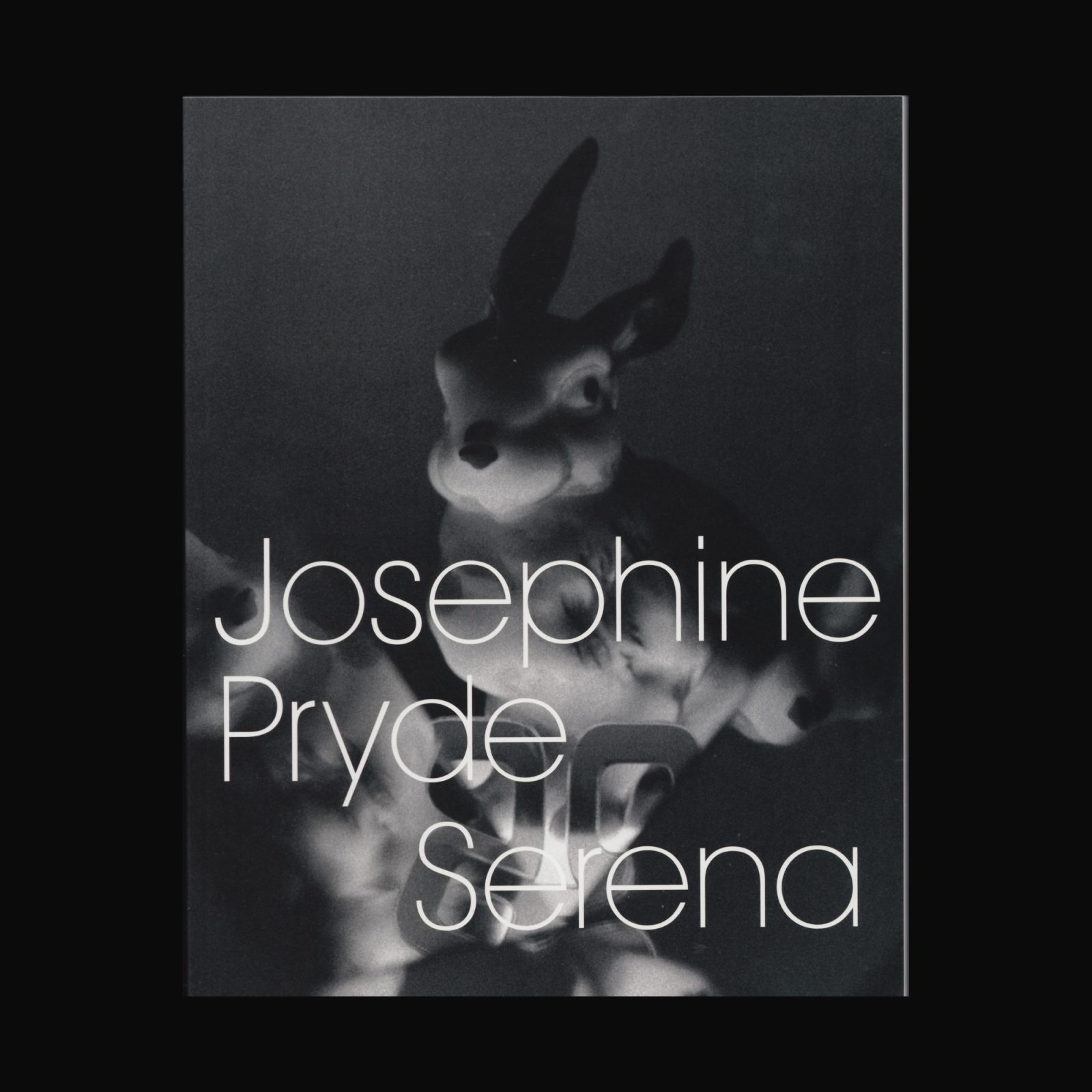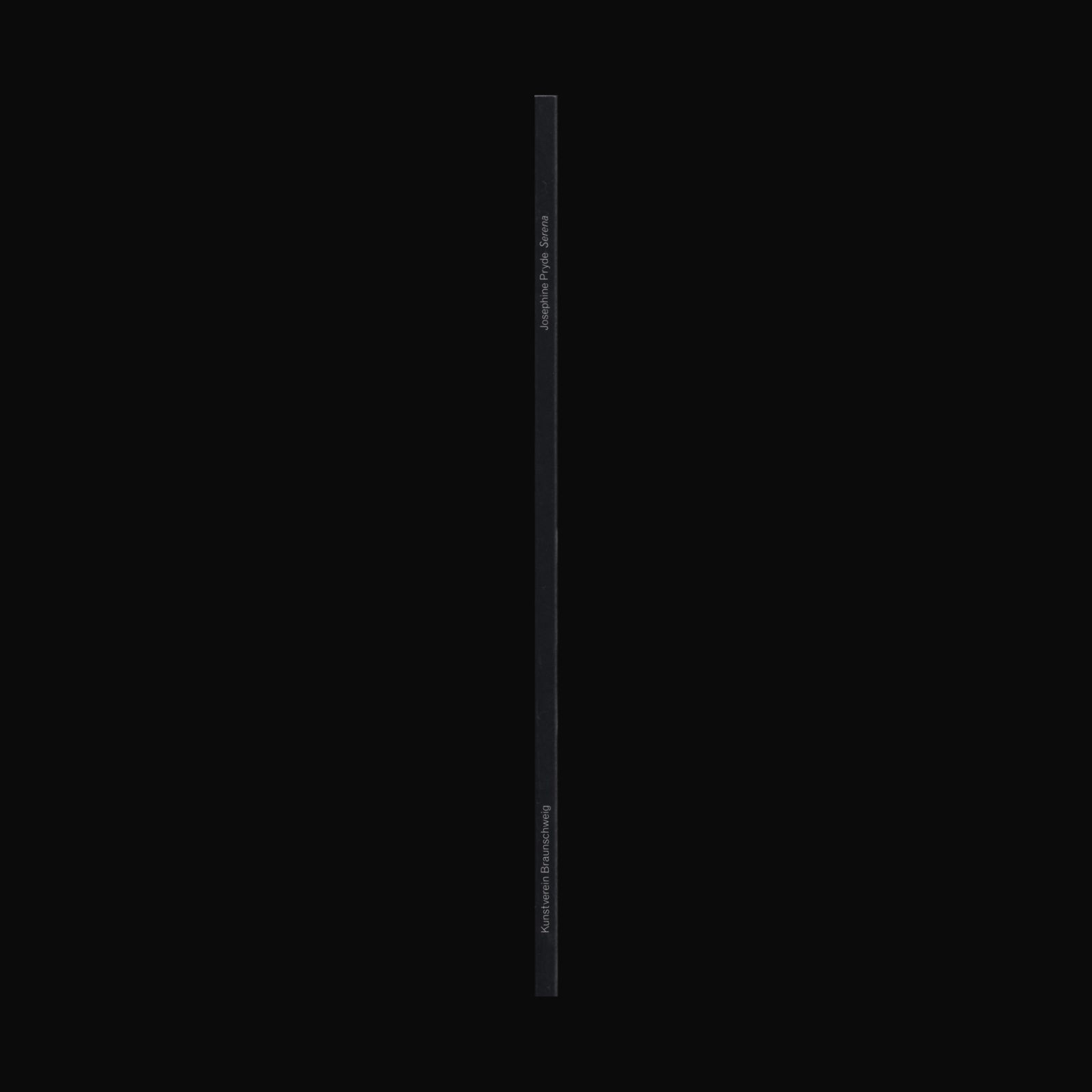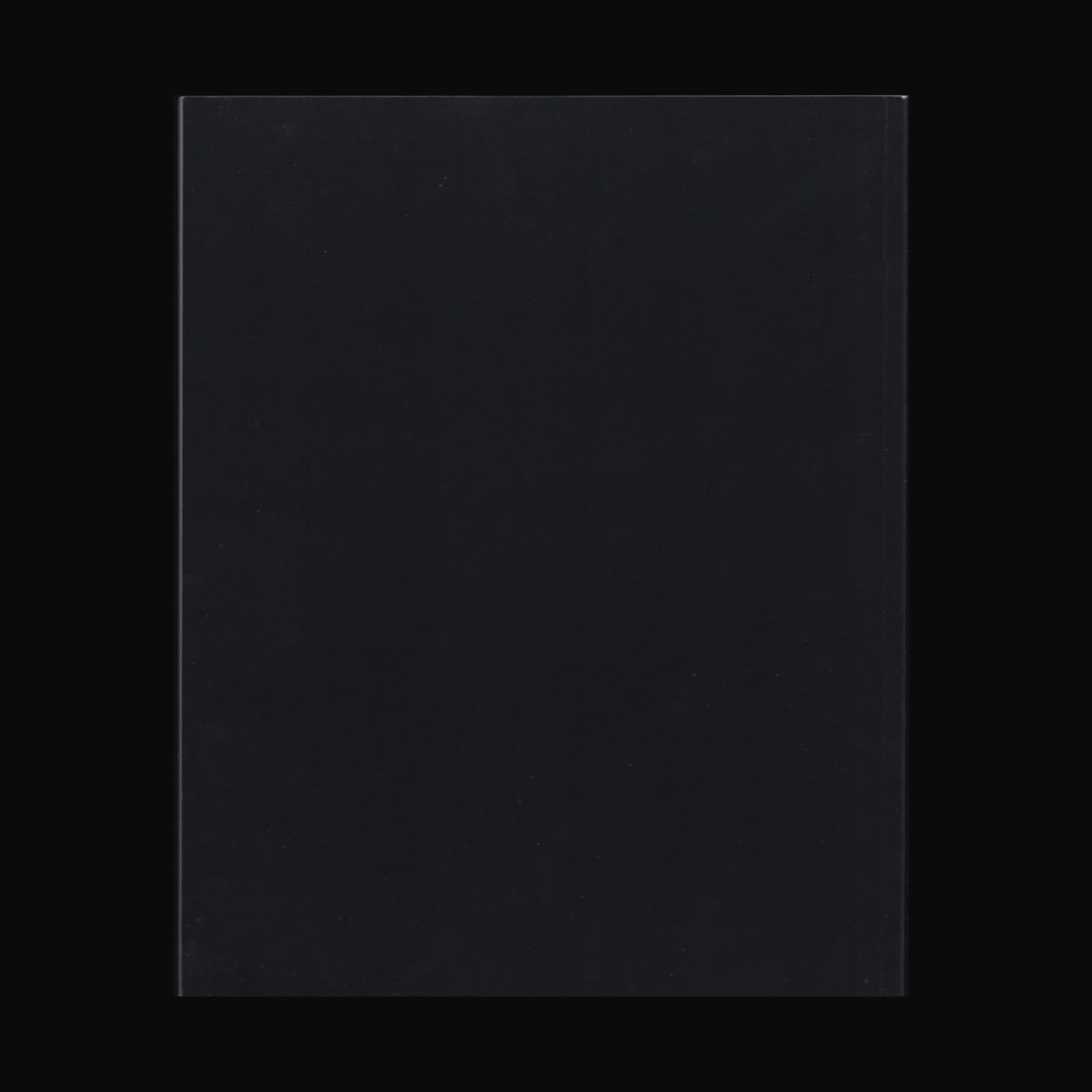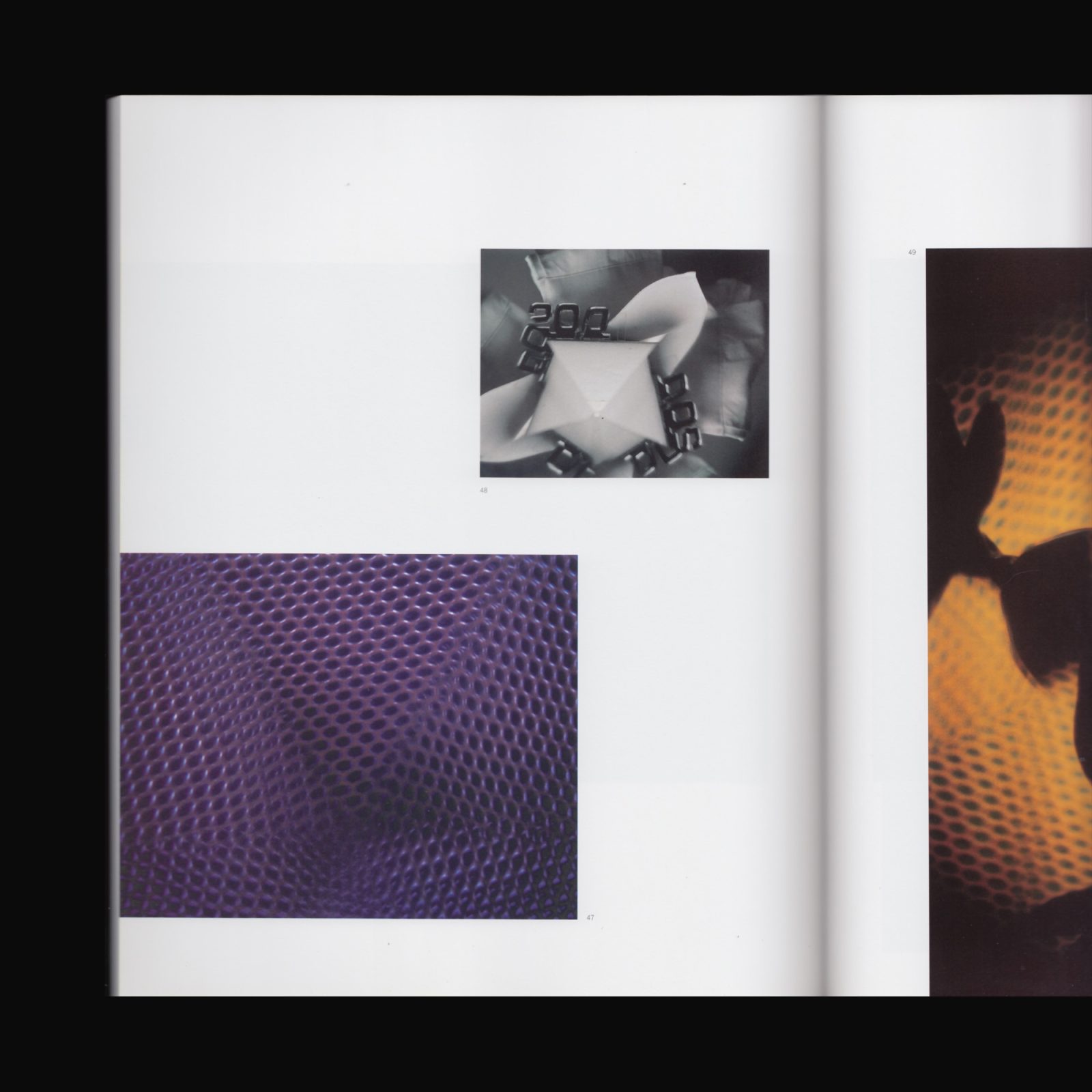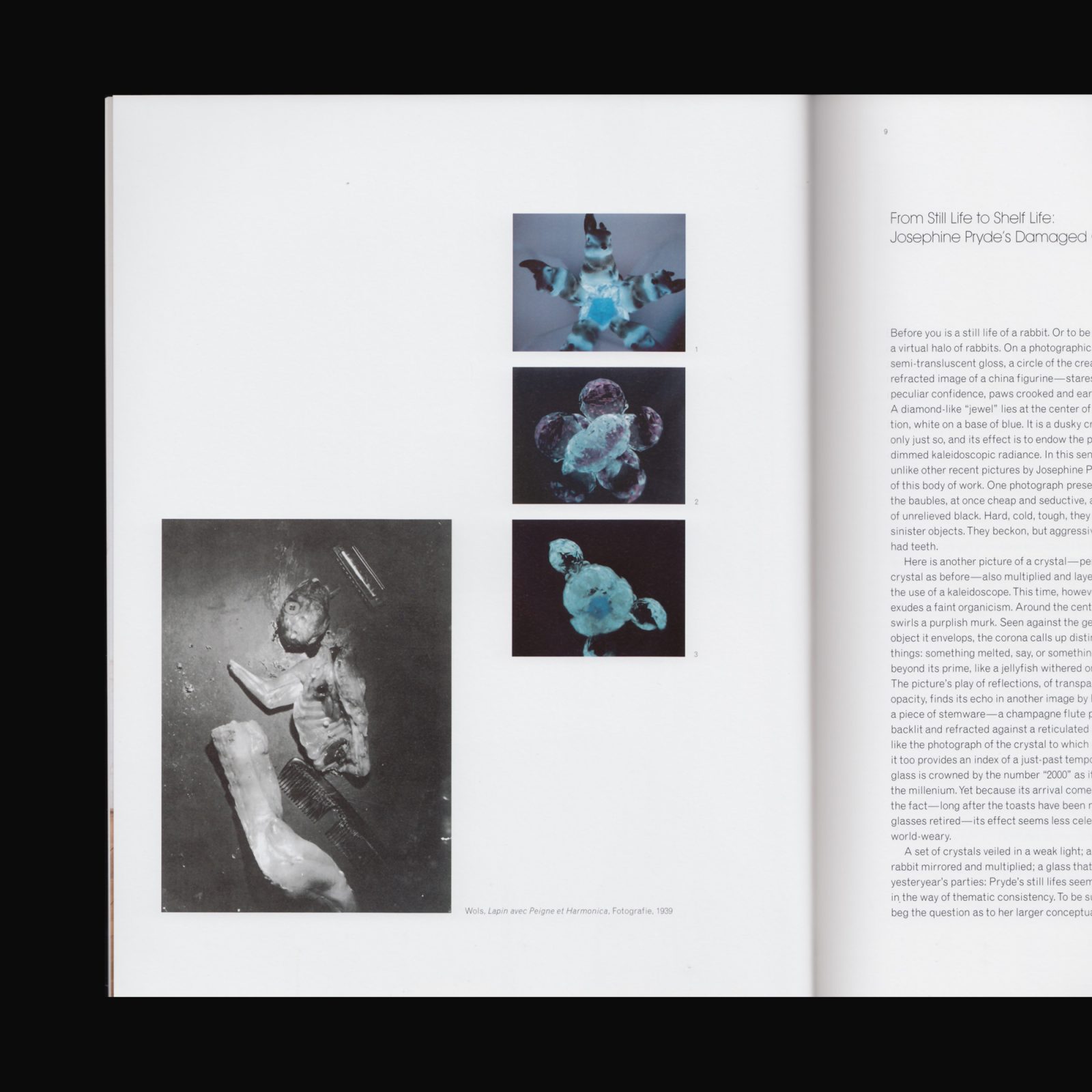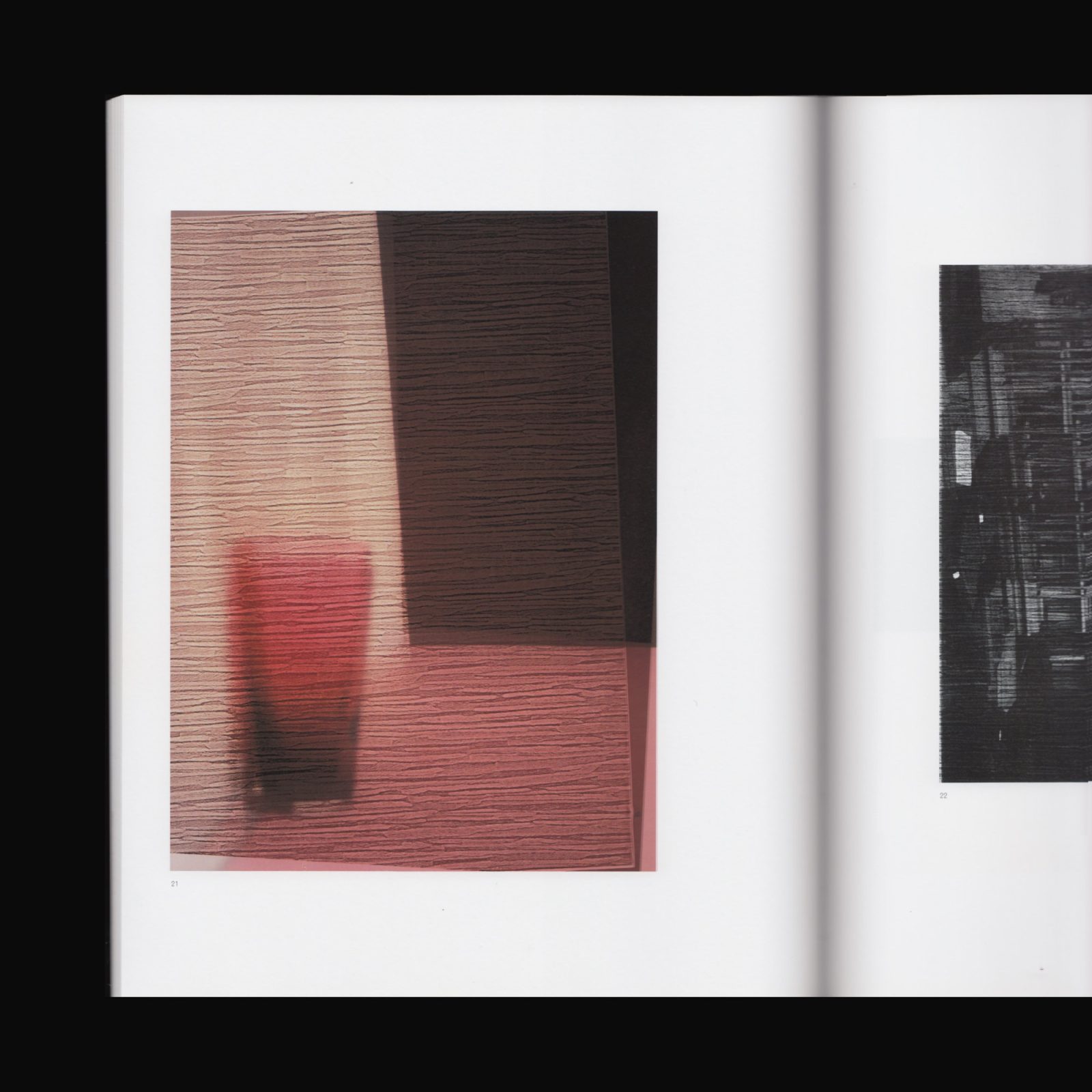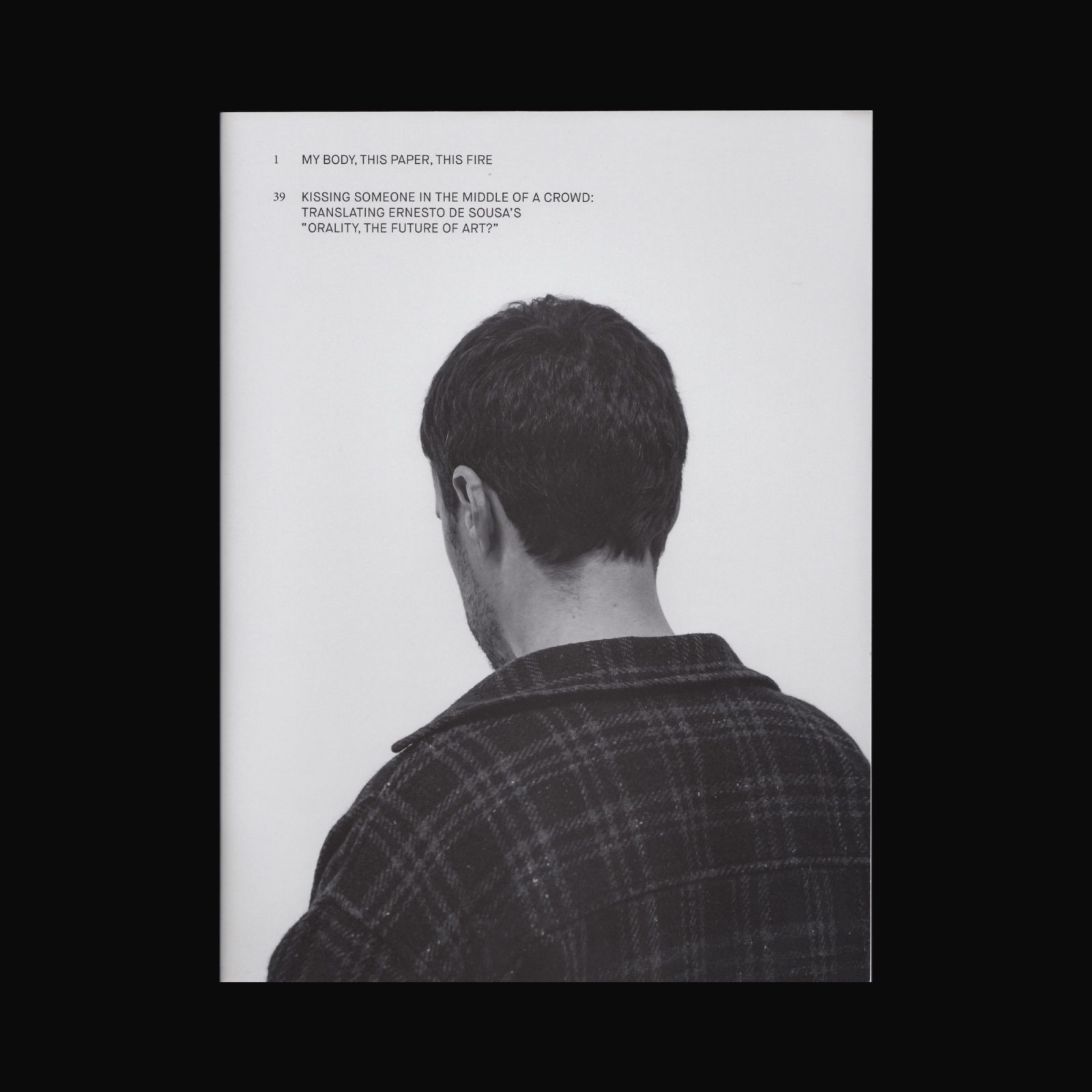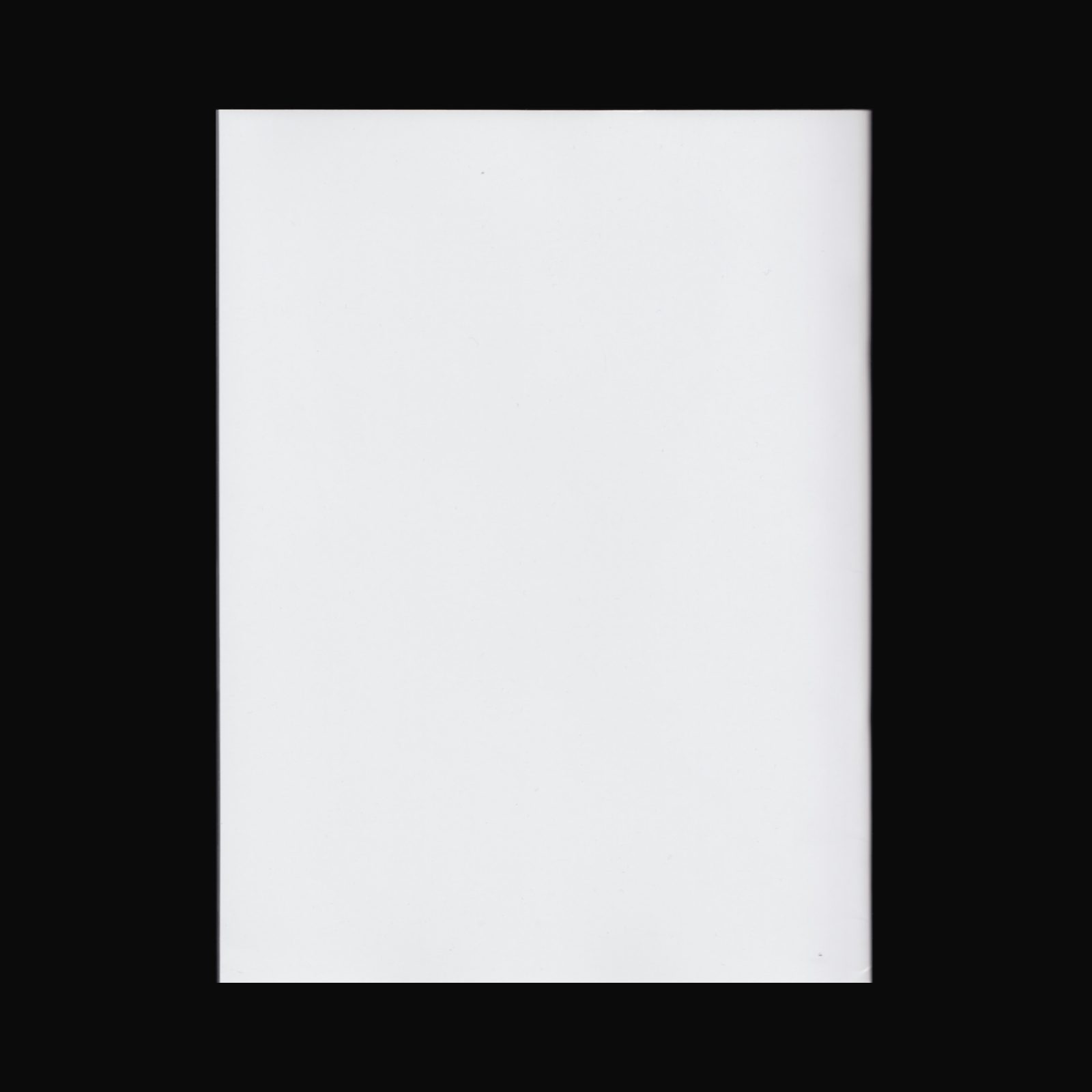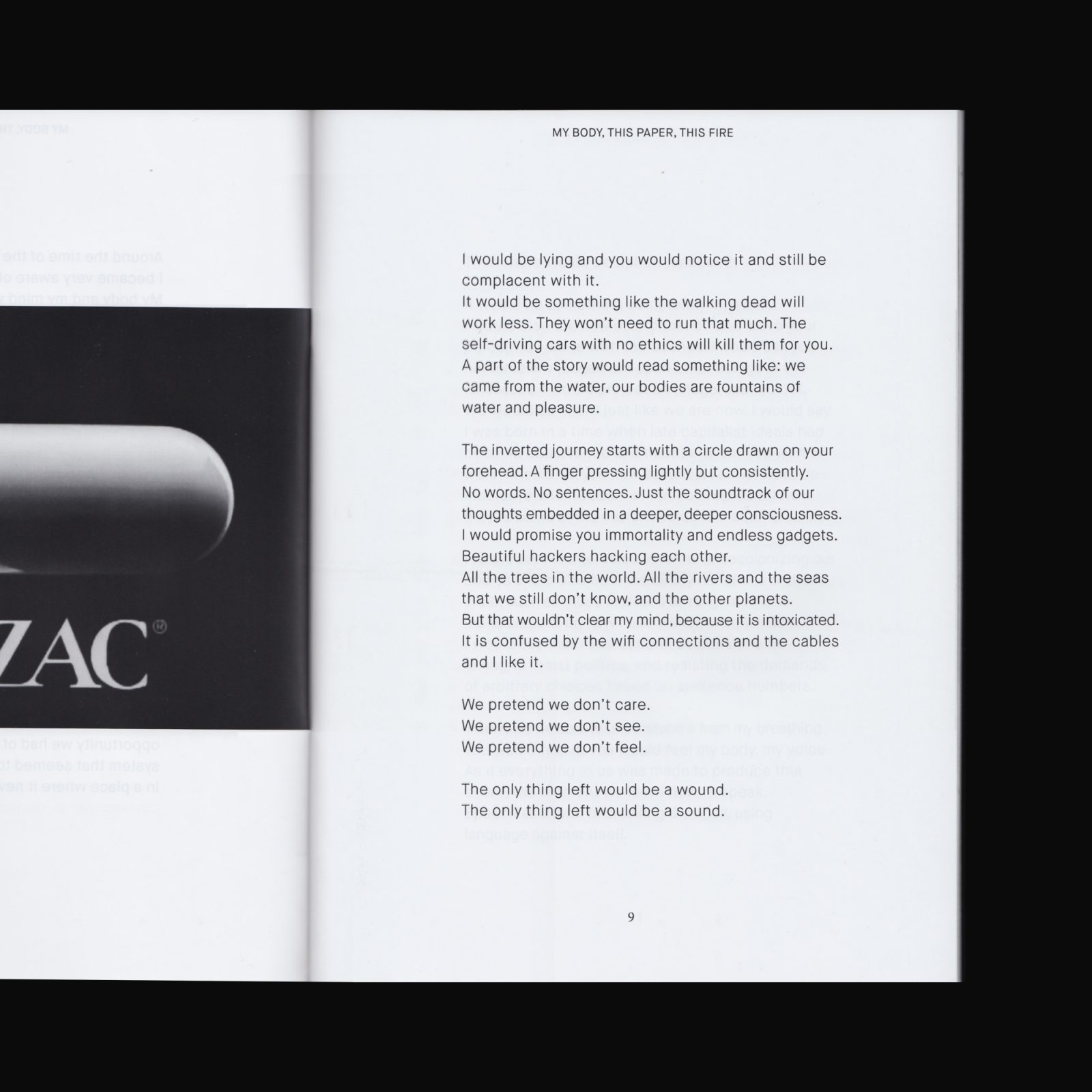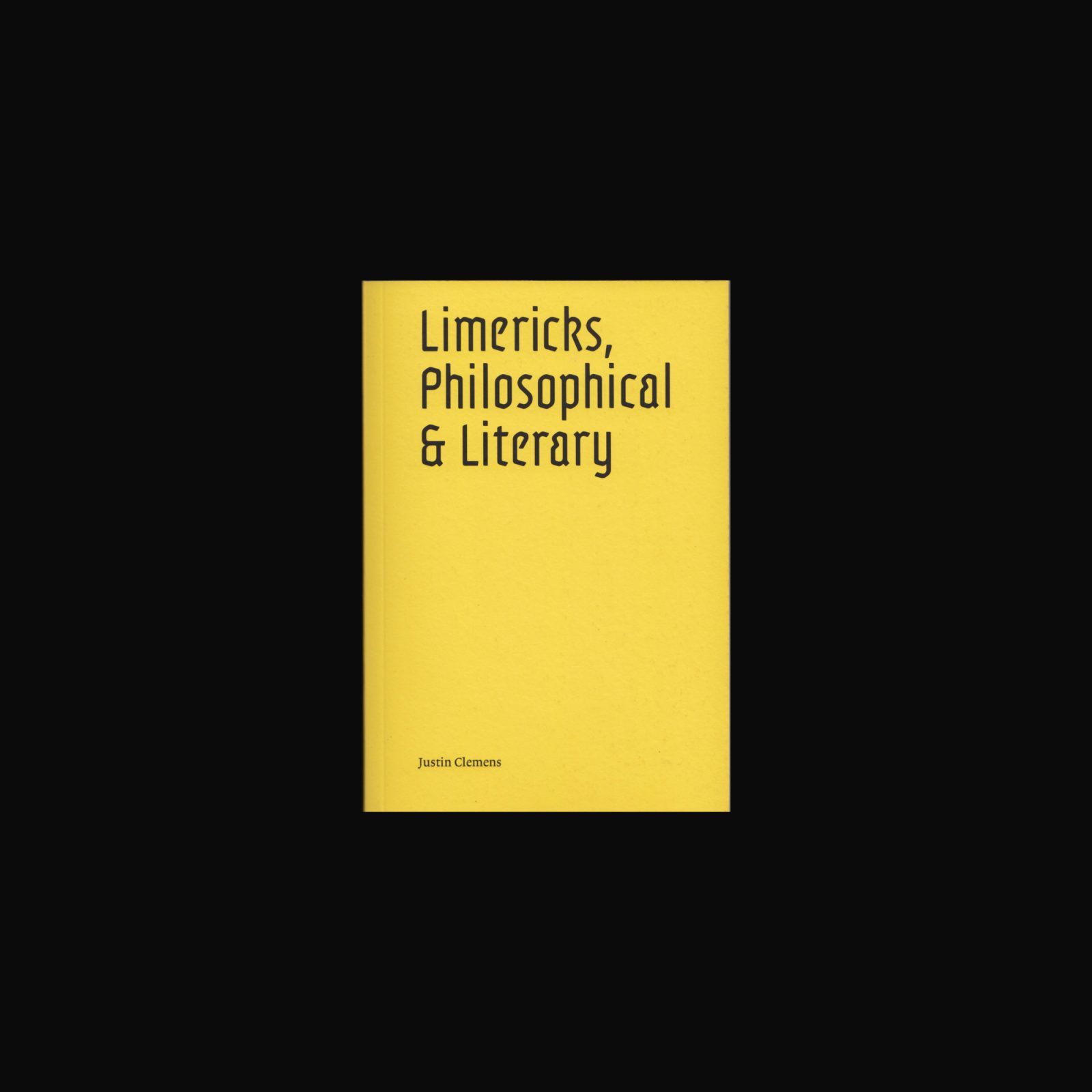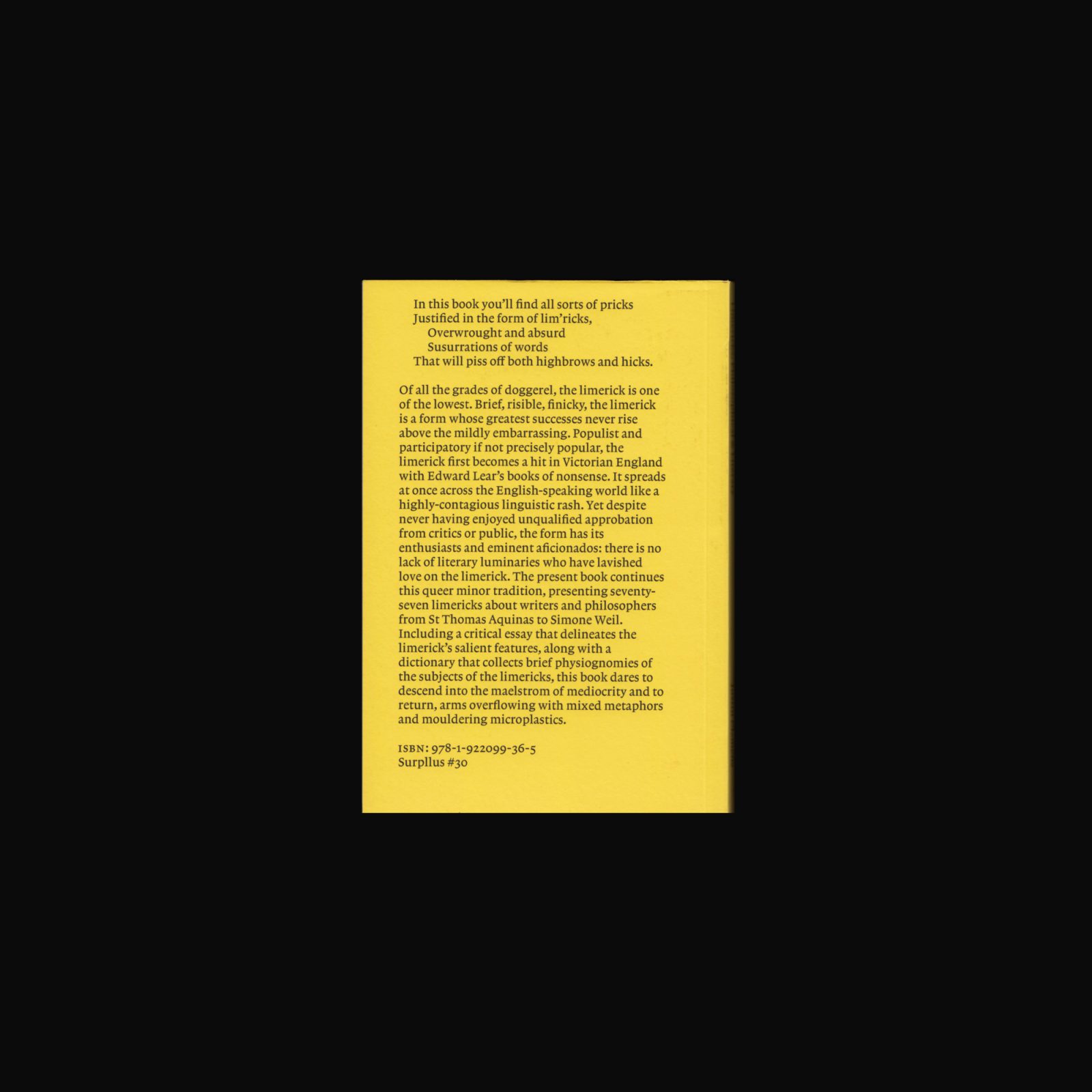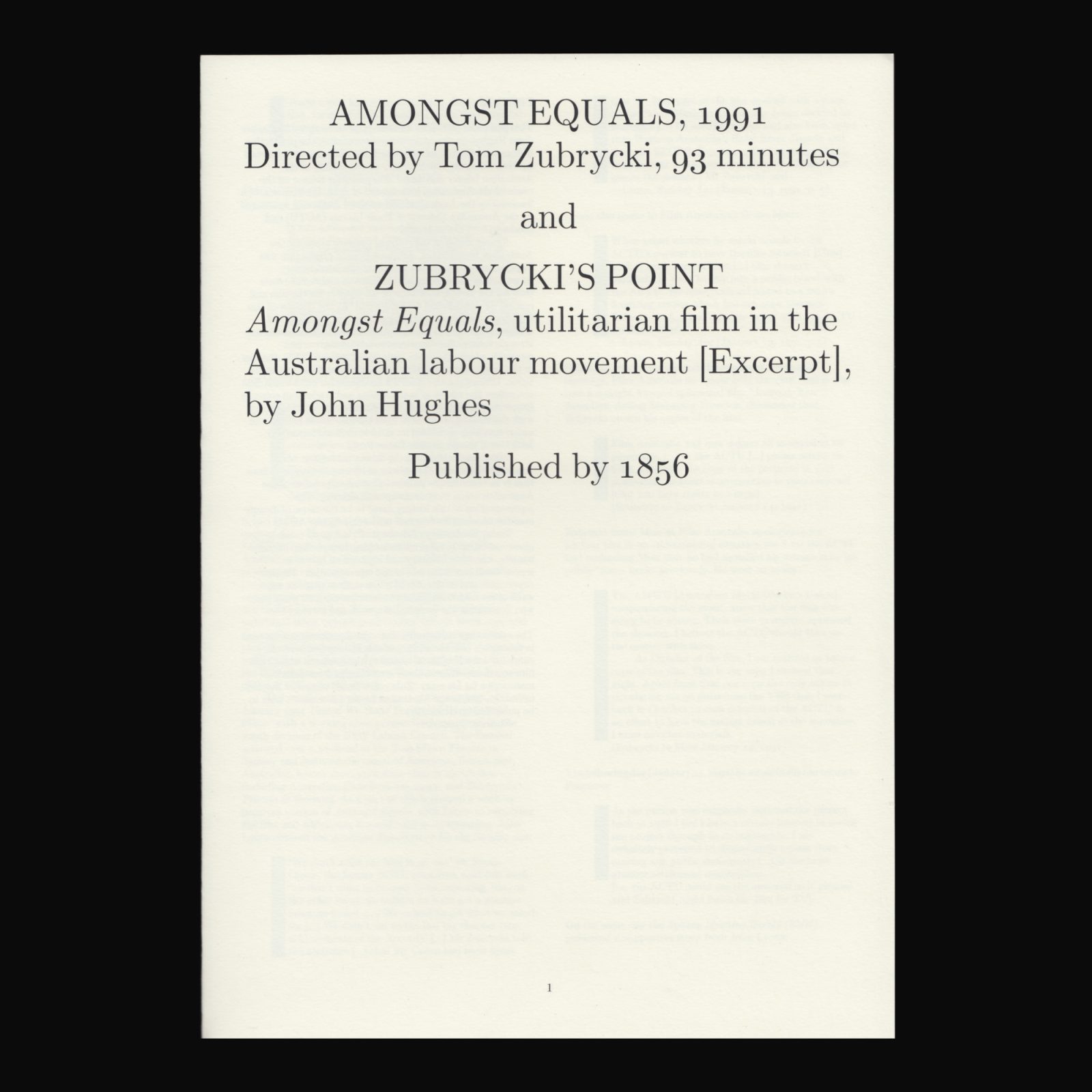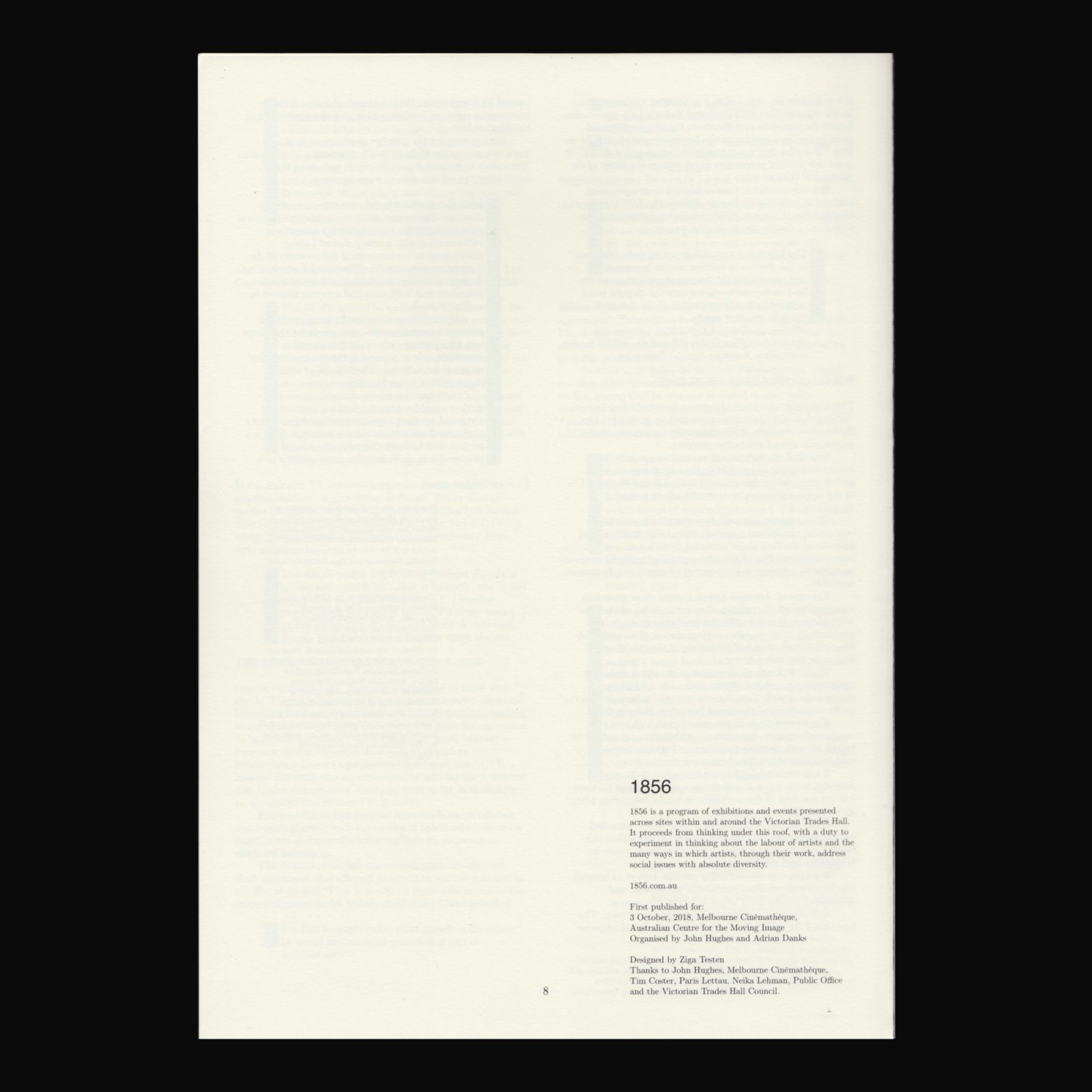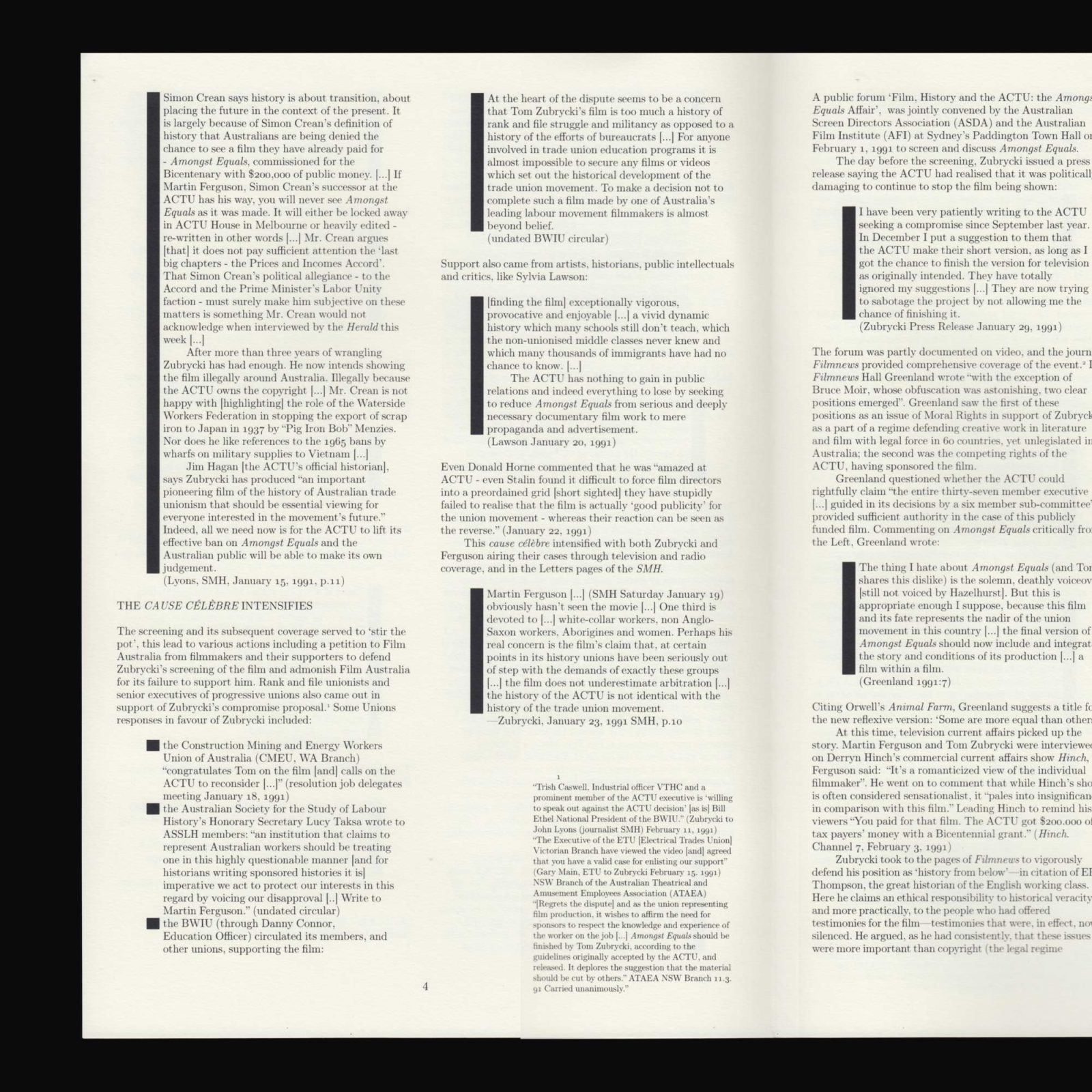Limericks, Philosophical & Literary
Justin Clemens
Brief, risible, finicky, the limerick is a form whose greatest successes never rise above the mildly embarrassing. Yet despite never having enjoyed unqualified approbation from critics or public, the form has its enthusiasts and eminent aficionados: there is no lack of literary luminaries who have lavished love on the limerick. This title continues this queer minor tradition, presenting seventy-seven limericks about writers and philosophers from St Thomas Aquinas to Simone Weil. Of all the grades of doggerel, the limerick is one of the lowest. Populist and participatory if not precisely popular, the limerick first becomes a hit in Victorian England with Edward Lear’s books of nonsense. It spreads at once across the English-speaking world like a highly contagious linguistic rash. Including a critical essay that delineates the limerick’s salient features, along with a dictionary that collects brief physiognomies of the subjects of the limericks, this book dares to descend into the maelstrom of mediocrity and to return, arms overflowing with mixed metaphors and mouldering microplastics.
